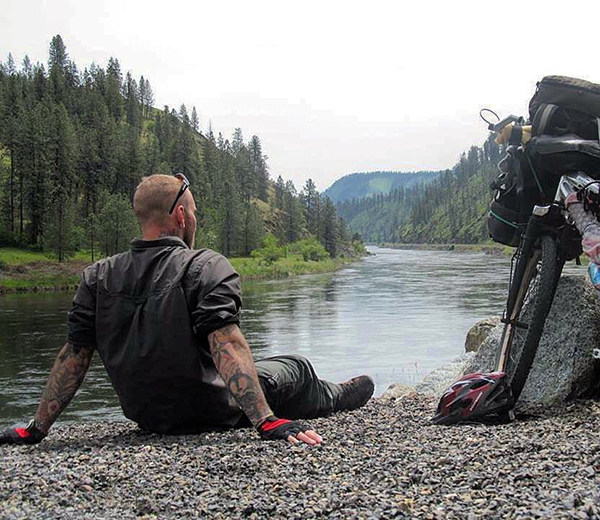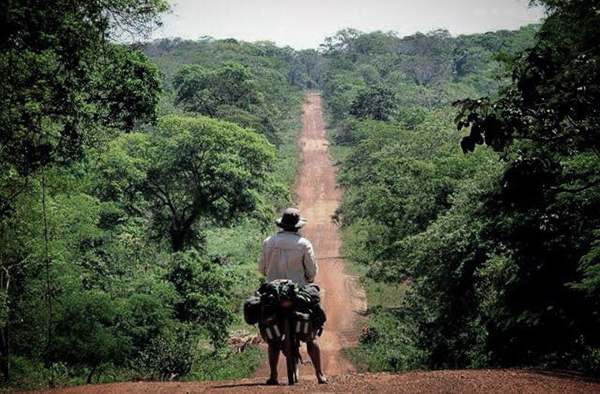When you are trekking along manicured trails with perfect weather conditions and camping at established sites, the only skill you may need is locating your car at the parking lot. But when conditions turn and the path ahead is uncertain, your comfort (and more importantly your safety) may depend on your ability to navigate.
GPS systems are a great tool to know how to use, and we have come along way from our ancestors in terms of technology, but we have also lost our fundamental abilities to navigate using the earth and solar system. Below are some survival and navigation tips so you never lose your way.
Nature’s Indicators
Having completed 2 non-motorized continental crossings, I’ve needed to prep for the worst and wish for the best. Say you fall into a river and lose your compass? GPS battery dies? You still have to find your way back home. Use these navigation tips to get back:
- Sun: There are two ways to use the sun in order to tell direction: Shadow Compass and Analogue Watch. In the northern hemisphere, the sun will be due South at midday, if you’re in the southern hemisphere it will be flipped and be towards the north.
- Shadow Compass: Place a stick or knife in the ground to mark the location of the tip of the shadow. Wait 15-20 mins, then mark the new shadows tip. Draw a line between the two marked positions. Keep the first mark on your left side and that line will be your west-east direction.
- Analogue Watch: In the Northern hemisphere, hold the watch out in front of you and point the hour hand at the sun. The middle point between the 12 o’clock and hour hand is south. Tip: If your watch is digital, just draw the watch face on a piece of paper or in the dirt.
- Wind: Not as accurate as the first two, but if you know the prevailing winds in the area you will be trekking through, then the trees, plants, and grass will be leaning in that general direction.
- Flora: Vegetation is a good indicator of North and South. In the Northern hemisphere, the sun is mostly in the southern sky, most growth should be towards the sun. Look at moss on trees or which way the flowers are growing.
The 3 Ps:
- Pay Attention: As a proficient navigator, it’s vital to always pay attention. Whether it’s your surroundings, the weather, or the sunset, establishing a habit of keeping track of where you are at all times is very important.
- Patience: You should never rush. Getting lost its easy to loose your cool and start panicking, this is never good. Take a deep breath, study your map, and focus on your surroundings. Don’t set off again until your head is clear. It’s always better to wait five minutes gaining your proper barrings then rushing in the wrong direction for an hour.
- Pace: In the event you become lost, keeping an idea of how fast you have been moving can become vital in determining your position. This goes hand and hand with Paying Attention to your surroundings. After years of hiking in different terrain, and even walking across entire countries, I know exactly how fast (or slow) I can move in any given conditions. For example, on flat, easy to follow, marked trails like the Camino de Santiago in Spain I can move at about 4mph. Trekking mountainous, open country terrain, like Washington’s Pacific Crest Trail, I will usually be traversing along around 2mph. In sloppy, thick mud or dense bush like the Amazon, 1mph could be my going speed. These vary depending on condition and weight, but its a smart idea to give yourself a reference point to call upon should the need arise.

The key to getting through any emergency or long distance expedition is being prepared. Learning and practicing new skills will help you respond and act more efficiently in survival moments.
In September, I will be heading to Australia to complete my third non-motorized continental crossing. The deserts can be harsh, the animals can be dangerous, but with a level mind and the proper preparation, humans are adapted to do Herculean tasks. Find trouble, conquer it, and always remain curious.







